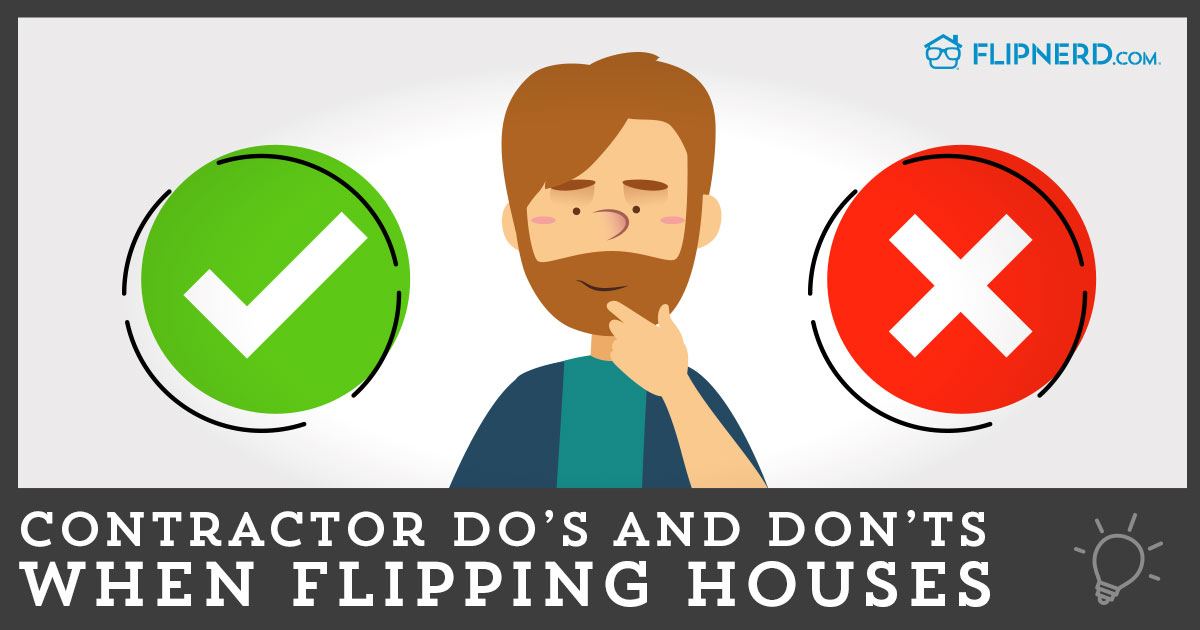Let’s be honest.
We’ve all seen an old house that is in serious need of rehabbing.
Your mind starts wandering to all the work that needs to be done. Cabinets, flooring, paint, appliance, roofing, trim, and the list keeps growing.
You see what the property “could be” if it had a complete rehab done.
The idea of turning something that’s barely livable into a like-new, move-in ready property is intriguing to most with the passion for real estate investing.

Except, what if other houses in the neighborhood aren’t up to par with the rehab you’re planning on doing?
Do you want to be the most expensive house in the neighborhood?
The simple answer is, probably not.
When you’re deciding if you should rehab a property or not and how extensive your rehab should be, you need to look at comparables in the area and if you can buy the property low enough to be able to rehab it and still make a decent profit.
Take a look at other properties that are being sold in the area and see the condition they’re in.
You want the rehab to fit the neighborhood.
If everyone else has formica countertops, you don’t need to go in and put in an expensive granite slab.
Sure, it will make the property stand out compared to others, but those luxury upgrades add up and can quickly push your selling price too high.
You need to determine what the ARV (after repair value) is, what the repair costs are, and what comps are going for on the MLS. Once you figure these numbers out, you’ll be able to better tell if it’s a good deal or not.
In a seller’s market, instead of fully rehabbing the property, many investors “wholetail” the property and sell it on the MLS while still making a nice profit. This means they’re lightly rehabbing the property by cleaning it up and only fixing the critical repairs needed.
Why do they do this?
It lowers the risk involved because you aren’t holding the property for a weeks during a full rehab, you aren’t as concerned about going over-budget because you aren’t repairing much, and you can turn the property around quickly.
Not to mention, but many retail buyers don’t mind having to fix up minor repairs if it means they’re getting the property at slightly below retail value.
Everyone wants a “deal”.
Every deal is going to be different.
Sometimes it will make sense to go in and do a full rehab because the return-on-investment has the potential to be a home run.

Other times, it will be safer to lightly rehab it, sell it on MLS, and move on to the next property.
For newer investors, it’s easy to see the potential profit on a massive rehab project, but you have to be able to handle it.
With a large rehab comes closing costs, utility costs, insurance and taxes, interest fees, and the potential to run into more repairs than you planned for, therefore costing you more money.
If the numbers don’t work, consider other exit strategies such as wholesaling and assigning. Don’t go into a rehab assuming you have to fix everything and make it the nicest home in the neighborhood.
Do your research and see what your best option is for that particular property.









